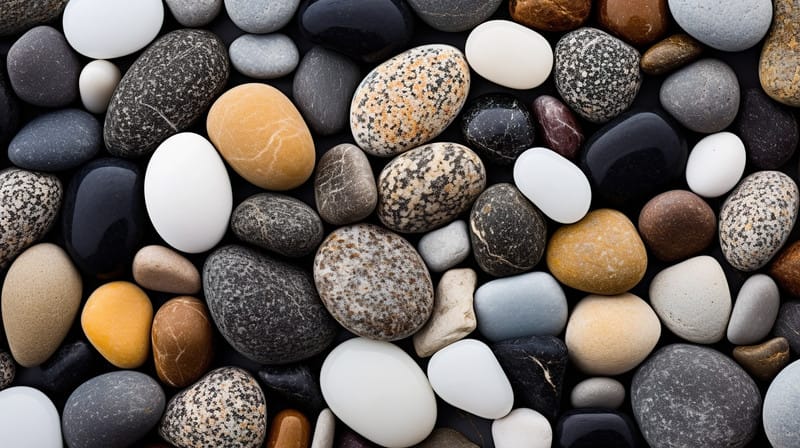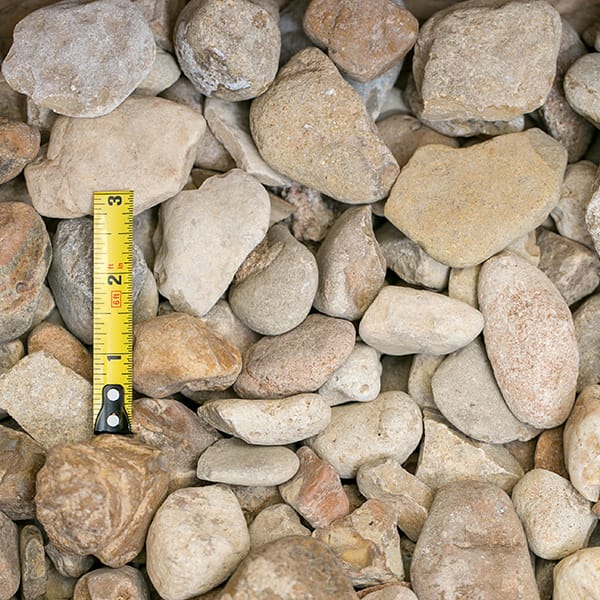Landscaping Ideas
The Anacacho Orchid
By Innovation Grounds
The Anacacho Orchid (scientifically known as Bletia purpurea) is a beautiful and unique species of orchid native to the Southwestern United States and Northern Mexico.
1. General Information
- Scientific Name: Bletia purpurea
- Common Name: Anacacho Orchid
- Family: Orchidaceae
- Origin: Southwestern United States (Texas) and Northern Mexico
- Habitat: Prefers semi-arid areas and rocky hillsides, often found in limestone areas.

2. Physical Characteristics
- Size: The plant can grow between 1-3 feet tall, with a stem length of up to 2 feet in some cases.
- Leaves: The leaves are elongated, lance-shaped, and dark green.
- Flowers: The flowers of the Anacacho Orchid are large, vibrant, and have a deep purple to magenta color. The blooms are typically 2-3 inches wide.
- Flower Shape: The flowers are distinct with a prominent lip, typically exhibiting an intricate structure that’s typical of orchids.
- Blooming Season: Blooms typically in late winter to early spring, around February to April.

3. Growth Requirements
- Light: Prefers bright, indirect sunlight. In cultivation, it thrives in a sunny spot but should be protected from the harsh midday sun.
- Temperature: Warm temperatures are ideal. It can tolerate some heat but should not be exposed to frost.
- Soil: Well-drained, slightly acidic to neutral soil is preferred. In nature, it’s often found growing in rocky or limestone-based soils.
- Watering: It requires moderate watering, ensuring the soil dries out slightly between waterings. The Anacacho Orchid can suffer from root rot if kept too wet.
- Humidity: Moderate to high humidity is beneficial but not always necessary. In drier environments, regular misting or placing a humidity tray nearby can help.

4. Propagation
- Division: The most common way to propagate the Anacacho Orchid is by dividing clumps when the plant becomes large enough.
- Seed Propagation: Less commonly, it can be propagated from seeds, but this method can be quite slow and requires specific conditions to encourage germination.

5. Care Tips
- Fertilization: Use a balanced, diluted orchid fertilizer every 4-6 weeks during the growing season to encourage healthy growth.
- Repotting: Repot when the plant becomes pot-bound or the growing medium starts to break down. Orchids should be repotted into a slightly larger pot with fresh orchid potting mix.
- Pests: Like many orchids, they can sometimes attract pests such as scale, aphids, or mealybugs. Inspect regularly and treat with insecticidal soap if necessary.

6. Cultural Significance
- Symbolism: Orchids, in general, symbolize beauty, strength, and luxury, and the Anacacho Orchid is no exception. In some cultures, orchids are considered a symbol of refinement and elegance.
- Local Use: In areas where the orchid is native, it’s admired for its vibrant flowers and is occasionally used in ornamental gardening.

10. Related Species
The genus Bletia includes several other species, but Bletia purpurea is the most commonly known as the Anacacho Orchid. The other species in the genus are similarly terrestrial and known for their attractive flowers.


